Masjid Al Haram
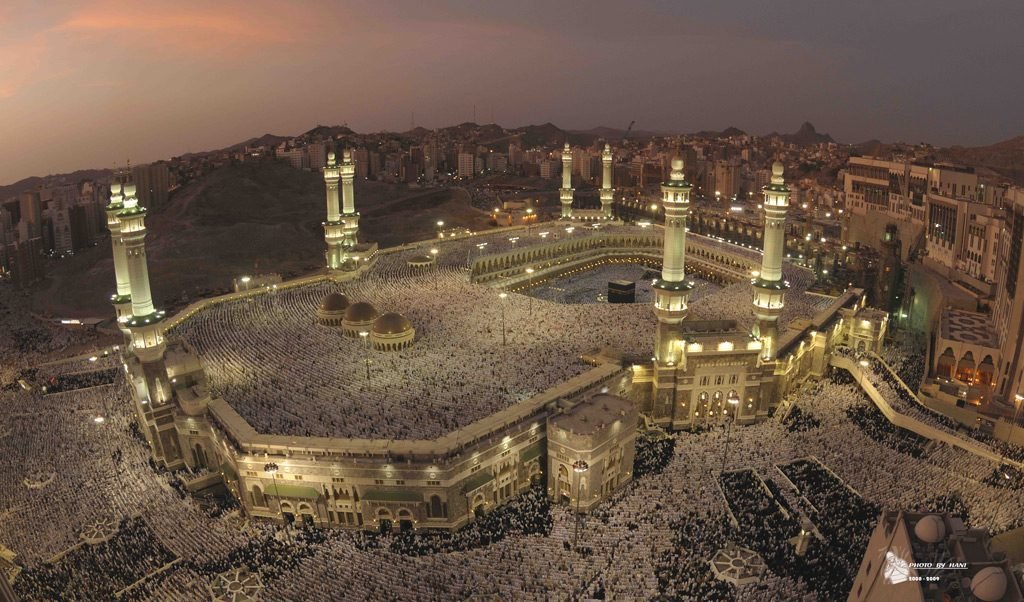
Masjid al-Haram (Arabic: المسجد الحرام; meaning “The Sacred Mosque”) is the largest and most important mosque in the Islamic world. Located in Makkah, it houses Islam’s holiest site, the Kaaba, and receives millions of pilgrims each year.
Masjid al-Haram Meaning
Masjid al-Haram refers to the area surrounding the Kaaba. Derived from the Arabic word “haram” meaning “sacred” or “sanctified,” it shares linguistic roots with “haraam,” signifying “forbidden.” This designated area is considered sacred, thus certain actions, such as hunting and fighting, are prohibited within its boundaries. Access to this area for those intending to perform Hajj or Umrah is restricted to those in a state of Ihram. Originally, the name referred to the open space surrounding the Kaaba, dating back to the time when Prophet Ibrahim S built the structure.
Masjid al-Haram in the Quran
Masjid al-Haram is first mentioned in the Quran in the following verse:
قَدْ نَرَىٰ تَقَلُّبَ وَجْهِكَ فِى ٱلسَّمَآءِ ۖ فَلَنُوَلِّيَنَّكَ قِبْلَةًۭ تَرْضَىٰهَا ۚ فَوَلِّ وَجْهَكَ شَطْرَ ٱلْمَسْجِدِ ٱلْحَرَامِ ۚ وَحَيْثُ مَا كُنتُمْ فَوَلُّوا۟ وُجُوهَكُمْ شَطْرَهُۥ ۗ وَإِنَّ ٱلَّذِينَ أُوتُوا۟ ٱلْكِتَـٰبَ لَيَعْلَمُونَ أَنَّهُ ٱلْحَقُّ مِن رَّبِّهِمْ ۗ وَمَا ٱللَّهُ بِغَـٰفِلٍ عَمَّا يَعْمَلُونَ ❁
Many times, we have seen you [Prophet] turn your face towards Heaven, so we are turning you towards a prayer direction that pleases you. Turn your face in the direction of the Sacred Mosque: wherever you [believers] may be, turn your faces to it. Those who were given the Scripture know with certainty that this is the Truth from their Lord: God is not unaware of what they do.
[Surah al-Baqarah, 2:144]
Birthplace of the Prophet Muhammad ﷺ
The birthplace of Prophet Muhammad ﷺ was originally his father’s house, belonging to Abdullah ibn Abdul Muttalib I and was situated at the edge of the Banu Hashim district in Makkah. The site now serves as a public library and is located outside the walls of Masjid al-Haram to the east, adjacent to the hill of Marwa. The Prophet ﷺ was born in the month of Rabi al-Awwal in the Year of the Elephant (April 571), at the time of Fajr according to popular opinion.
Masjid Aisha
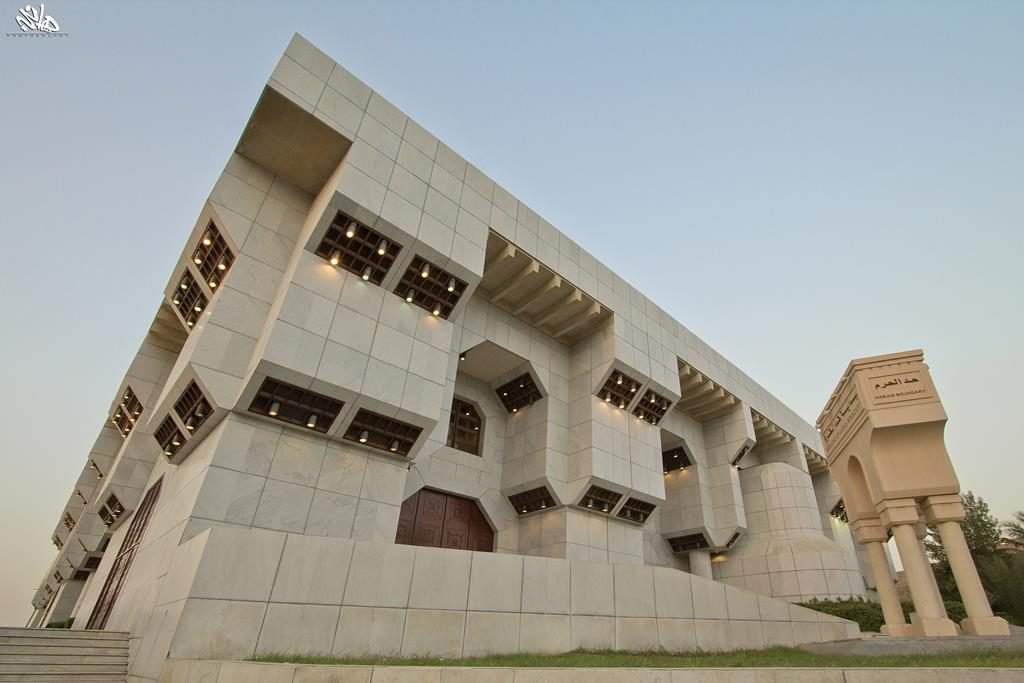
Masjid Aisha (Arabic: عائشة مسجد), also known as Masjid al-Taneem (مسجد التنعيم), is a mosque located at the site where Aisha I was instructed by the Prophet ﷺ to enter into Ihram to perform Umrah during the Farewell Pilgrimage. It is the nearest and most convenient location to enter into Ihram for those residing within the boundaries of the Haram, and those intending to perform an additional Umrah.
Masjid al-Jinn
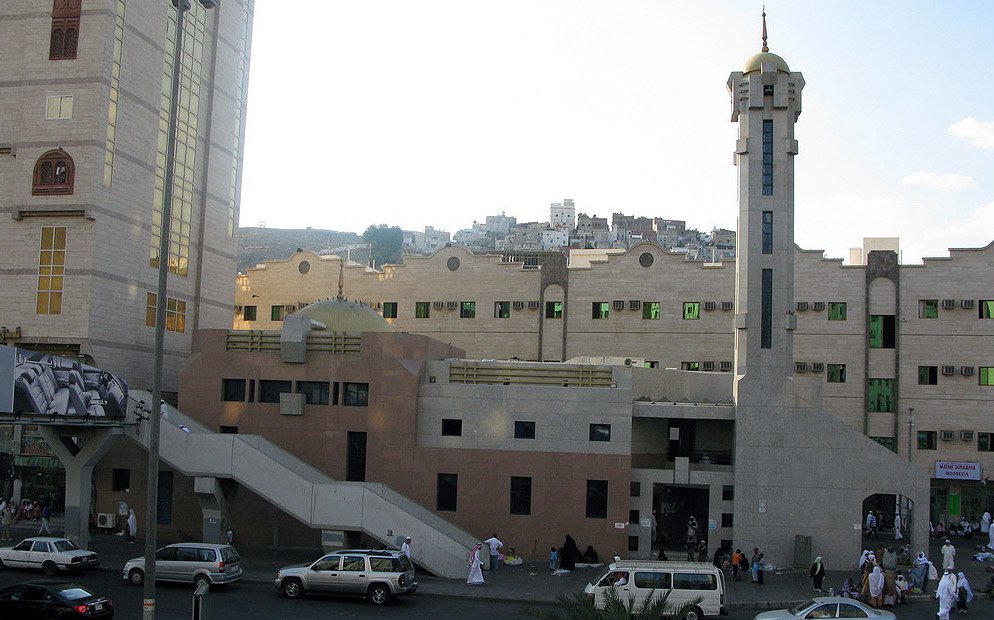
Masjid al-Jinn (Arabic: مسجد الجن), also known as Masjid al-Bay’ah (Arabic: مسجد البيعة) or Masjid al-Haras (Arabic: مسجد الحرس), is a mosque located on the site where a group of Jinn embraced Islam after hearing the Quran. It is within walking distance from Masjid al-Haram and close to the Jannatul Mualla cemetery and Masjid al-Shajarah.
Jannat al-Mualla
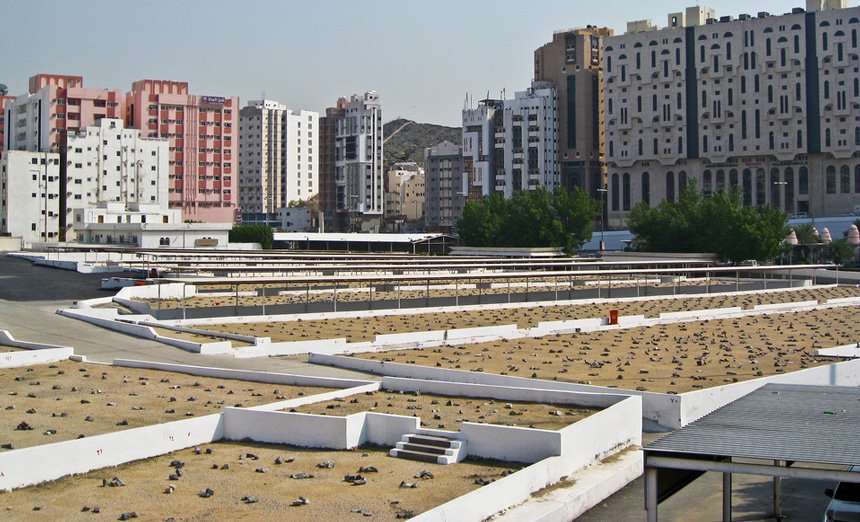
Jannat al-Mualla (Arabic: جنة المعلى) is the main cemetery in Makkah, housing the graves of many prominent individuals including the wife of the Prophet ﷺ, their two sons as well as many companions, scholars and righteous people.
Jabal Abu Qubais
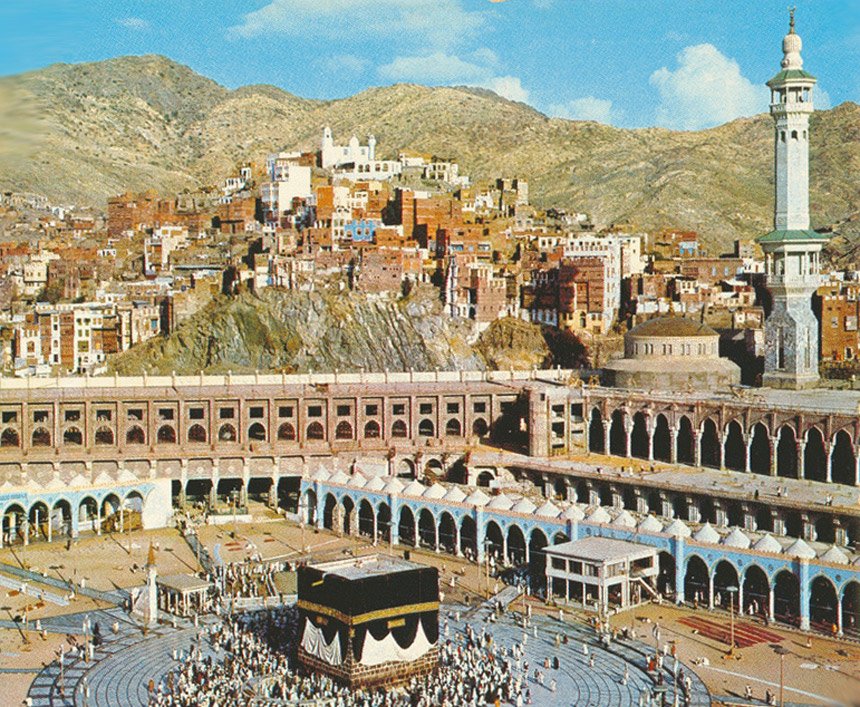
Jabal Abu Qubais (Arabic: جبل أبو قبيس) is a mountain located on the eastern side of Masjid al-Haram, where the Prophet ﷺ is reported to have split the moon in half. Due to the ongoing expansion of Masjid al-Haram, only remnants of the mountain remain.
Jabal al-Nour (Mount Hira)
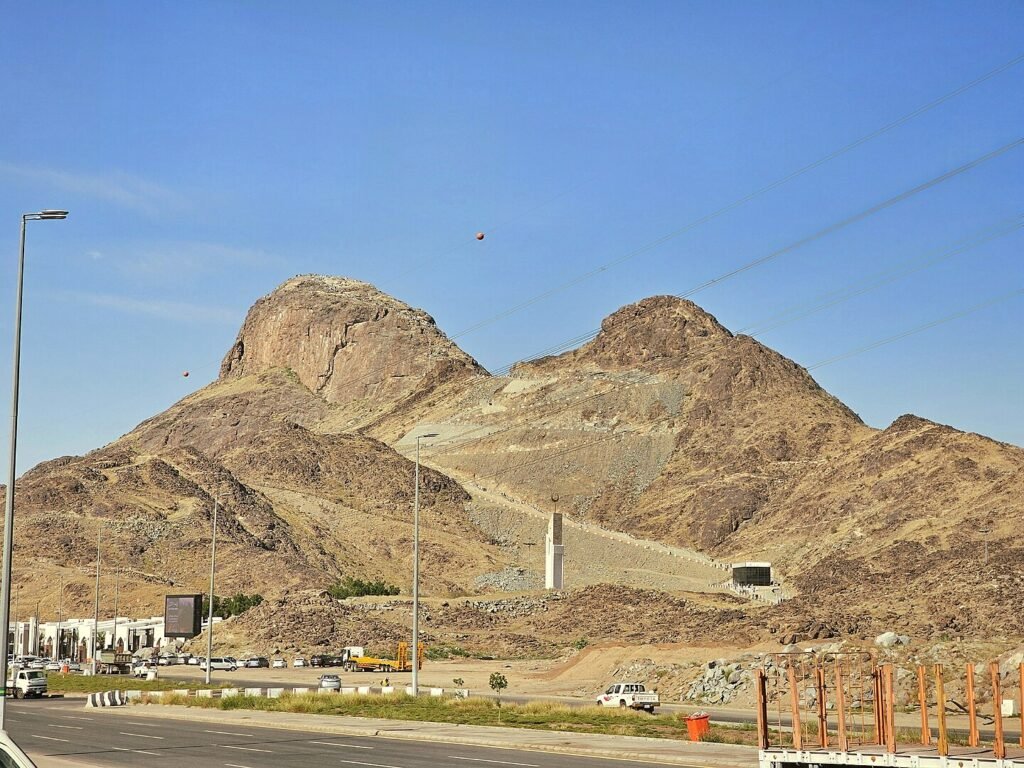
Jabal al-Nour (Arabic: جبل النور; “The Illumined Mount”), also known as Jabal Hira (Arabic: جبل حراء; “Mount Hira”), is a mountain in Makkah where the Prophet ﷺ would spend time worshipping and reflecting. He received the first revelation in the Ghar-e-Hira (Arabic: غار حراء); “The Cave of Hira”) situated near the summit of the mountain.
Ghar-e-Hira (Cave of Hira)
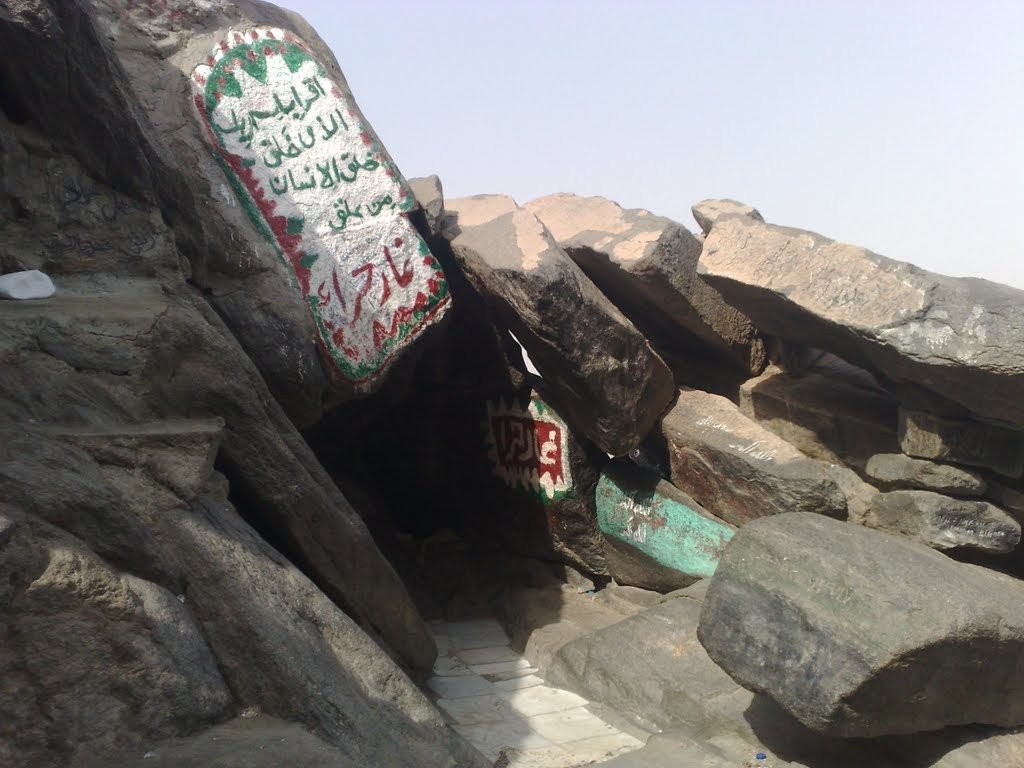
Ghar-e-Hira (Arabic: غار حراء, “The Cave of Hira”), located near the summit of Jabal al-Nour (Arabic: جبل النور), is where the Prophet ﷺ received the first Quranic revelation. Prior to the revelation, he would often retreat to the cave to find peace, solitude and an opportunity to reflect and meditate. Since the revelation, the Cave of Hira has become one of the most frequented sites of Ziyarah, attracting pilgrims and visitors from around the world.
Mount Thaur
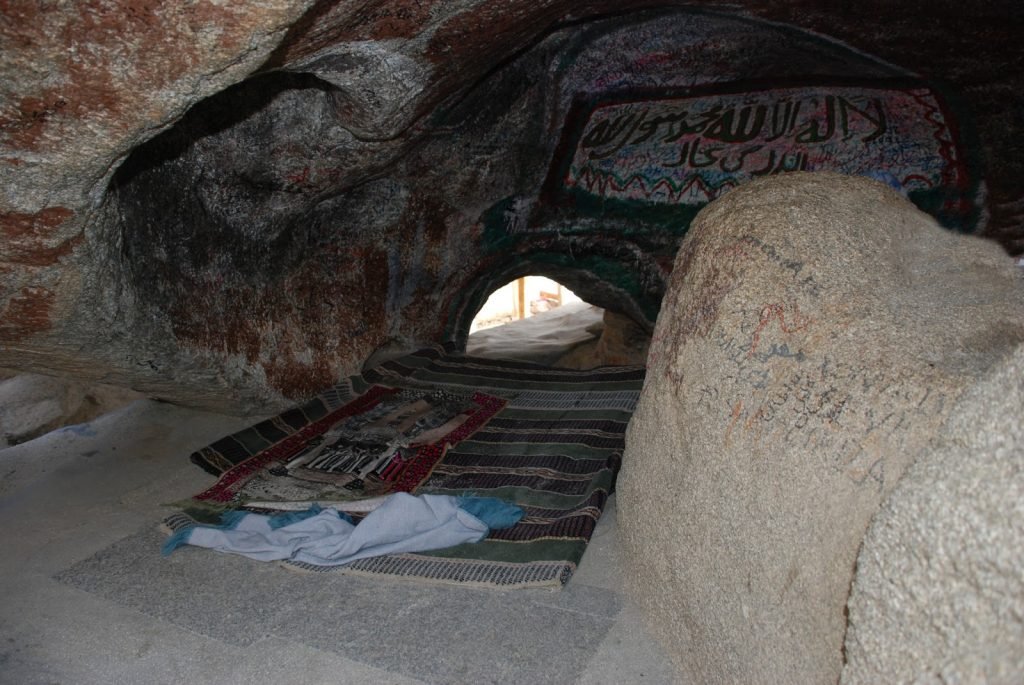
The Cave of Thawr (Arabic: غار ثور; “Ghar Thawr” or “Ghar e Soor”) is famous for having sheltered the Prophet ﷺ and his close companion Abu Bakr al-Siddiq I from Makkan search parties as they were migrating from Makkah to Madinah. It is located near the summit of Jabal Thawr, a mountain located four kilometres south of Makkah.
Mina
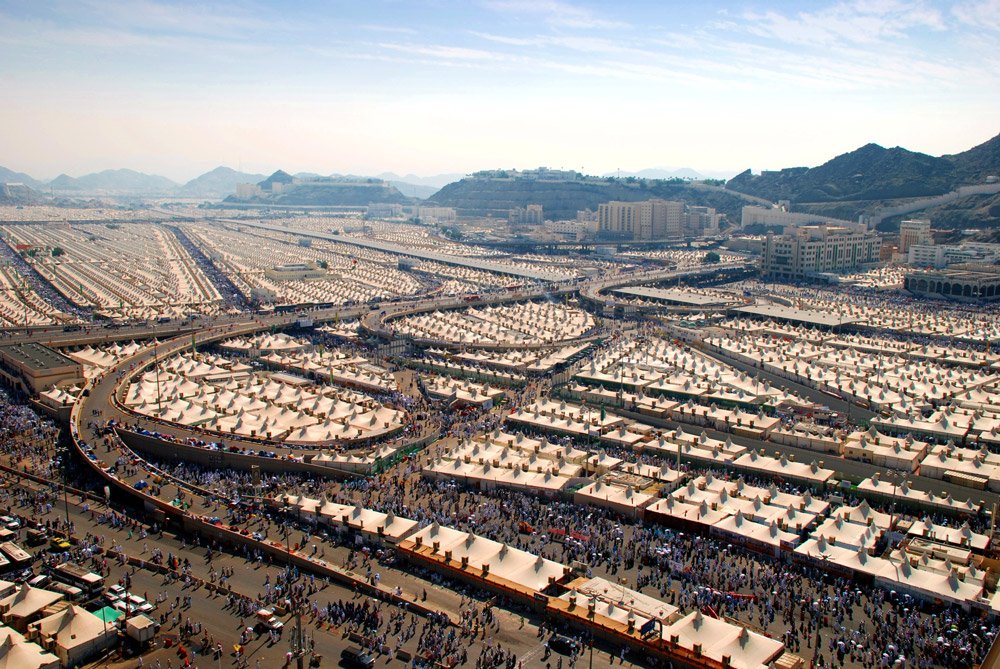
Mina (Arabic: منى) is a valley surrounded by mountains, located to the east of Makkah, approximately 6 kilometres away from Masjid al-Haram. A large part of the Hajj pilgrimage is spent in Mina, where more than 100,000 tents are provided for pilgrims.
Muzdalifah
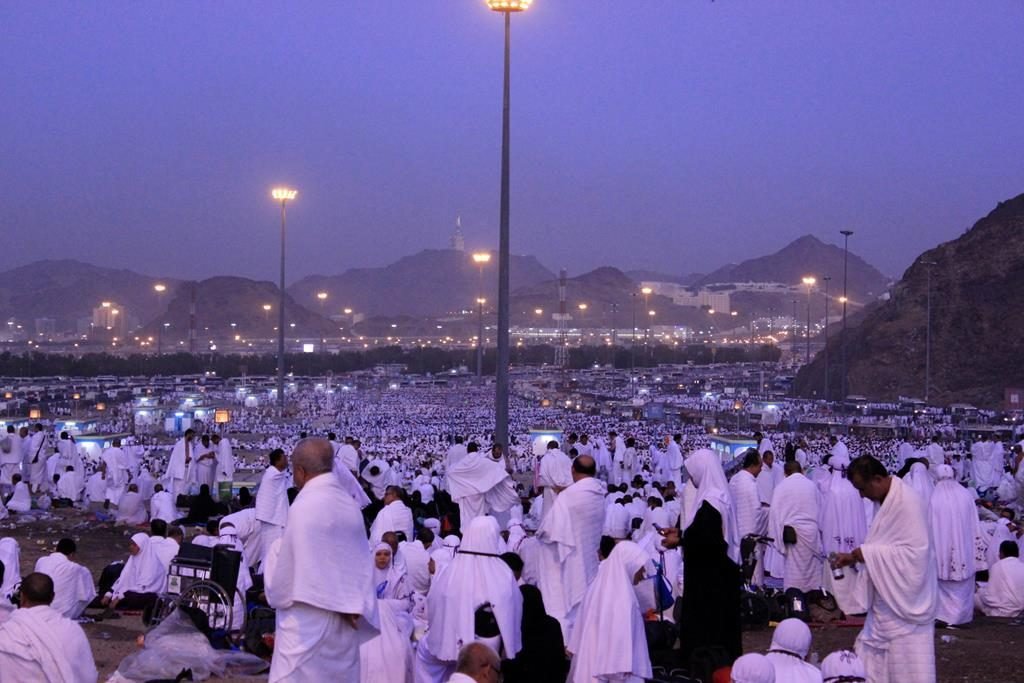
Muzdalifah (Arabic: مزدلفة) is an open area located southeast of Mina on the route to Arafat. On the 9th of Dhul Hijjah, Hajj pilgrims spend the night in Muzdalifah.
Mount Al-Rahma
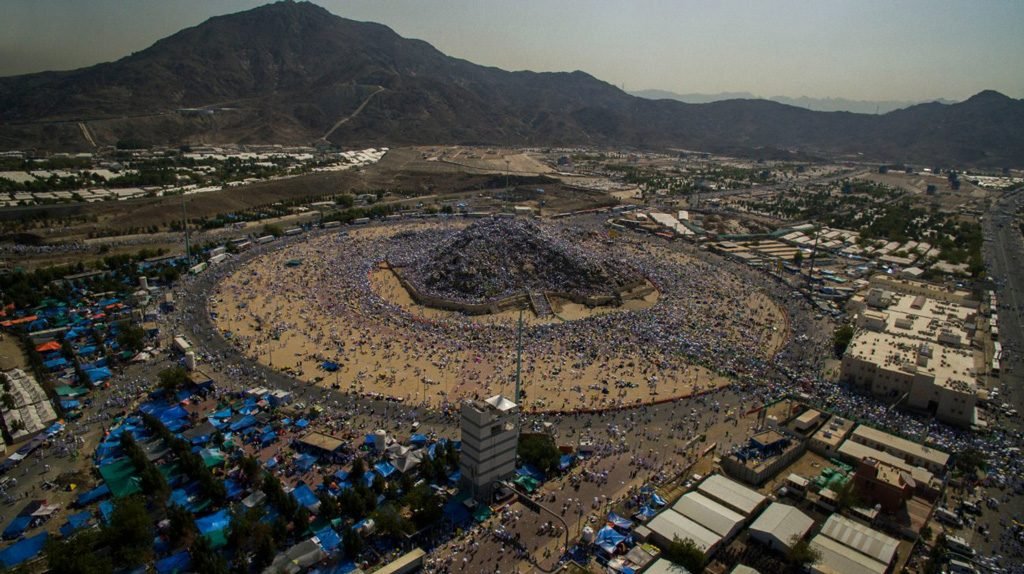
Jabal al-Rahmah (Arabic: جبل الرحمة; “Mount of Mercy”), also known as Jabal Arafat (Arabic: جبل عرفات; “Mount Arafat”), is a small mountain in Arafat, at the base of which the Prophet ﷺ supplicated during his farewell pilgrimage. On the 9th of Dhul Hijjah, thousands of pilgrims gather around this mountain during the most important rite of Hajj.
Arafat
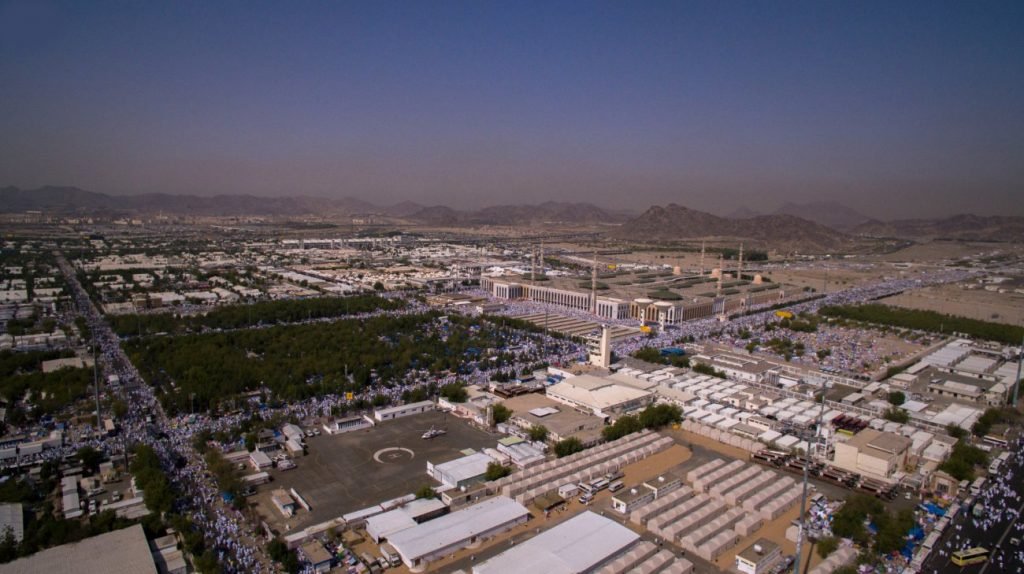
Arafat (Arabic: عرفات) is a plain about 20 kilometres (12 miles) southeast of Makkah. On the 9th of Dhul Hijjah, pilgrims travel from Mina to Arafat to perform the most important rite of Hajj. It was in Arafat that the Prophet ﷺ delivered the Final Sermon during his Farewell Pilgrimage.
Masjid al-Khayf
Masjid al-Khayf (Arabic: مسجد الخيف) is located near the smallest Jamarat at the base of the mountain in the south of Mina and is considered the most important mosque in this area. It is here that the Prophet ﷺ and 70 other prophets before him had performed salah.
Jamarat
The Jamarat (Arabic: الجمرات) are three stone structures situated in Mina, which symbolically represent the locations where Shaytan repeatedly attempted to dissuade the Prophet Ibrahim عليه السلام from carrying out the command of Allah. These structures are pelted by pilgrims with small pebbles during the days of Hajj as part of a ritual known as Rami al-Jamarat, which commemorates the actions of Ibrahim عليه السلام.
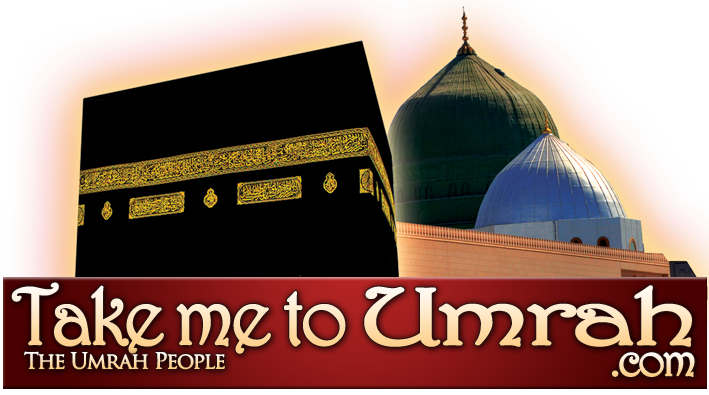
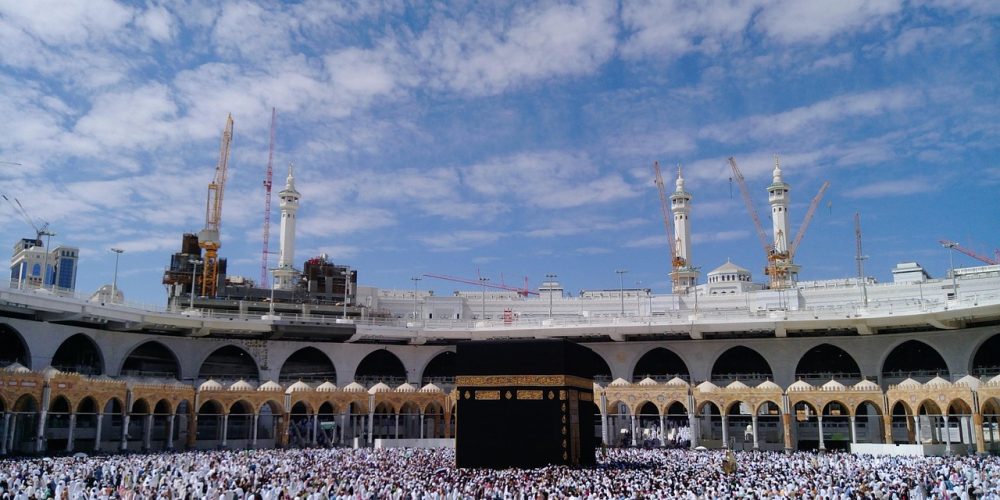
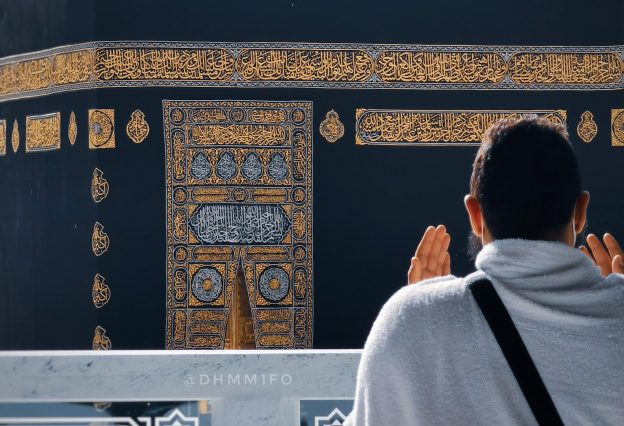
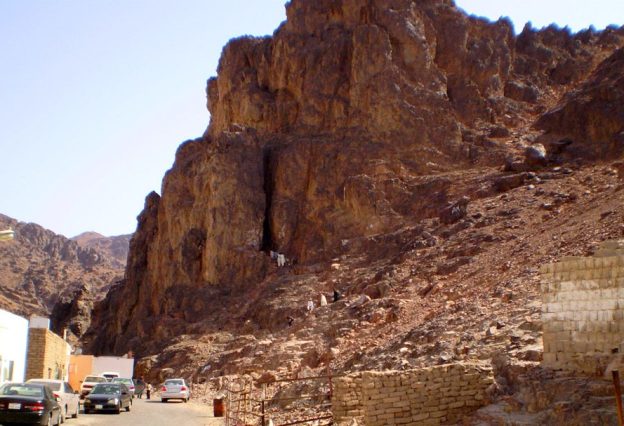
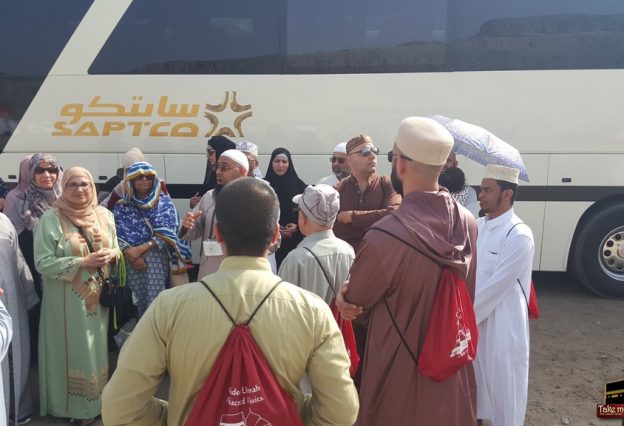
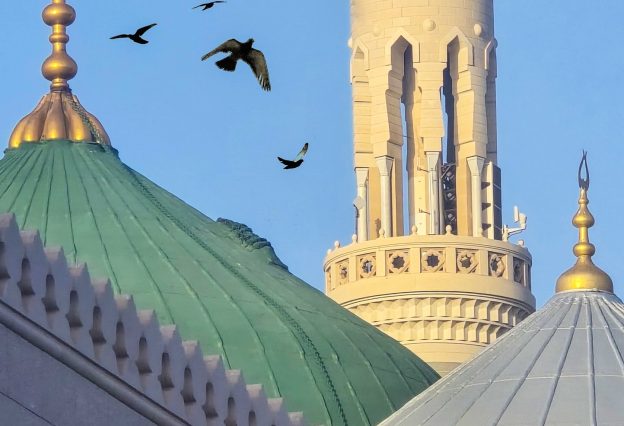
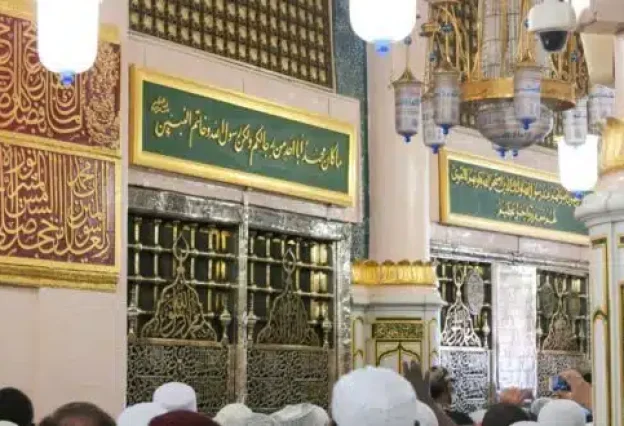
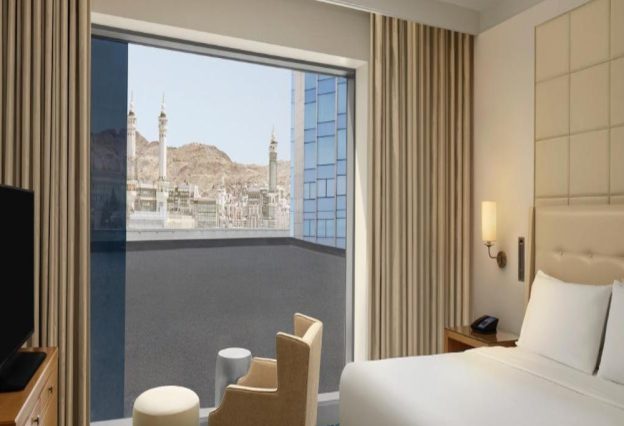
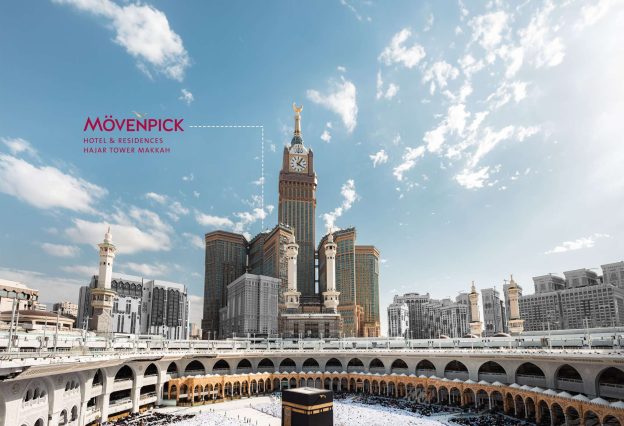
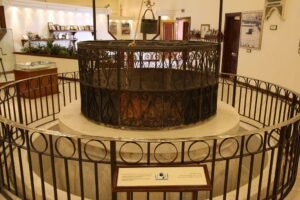
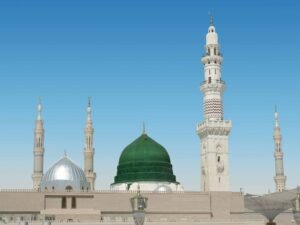
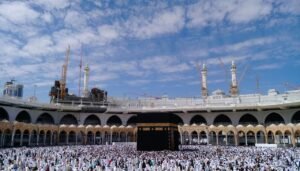
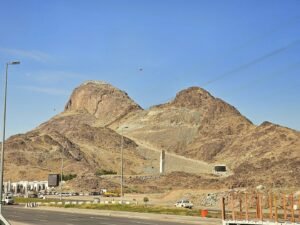
Every year my husband and I been going with you Umrah. We enjoy it a lot. Can't wait to go again Mar/2013. Insha Allah.